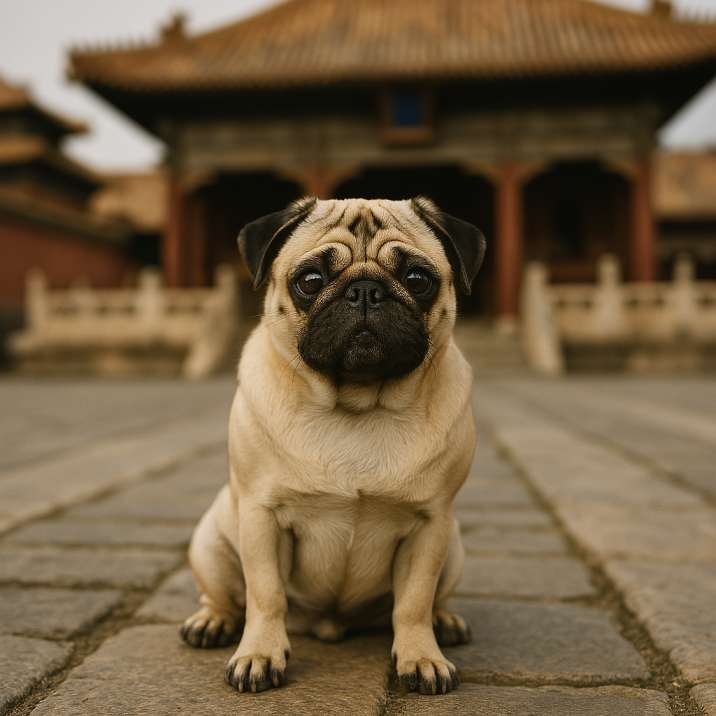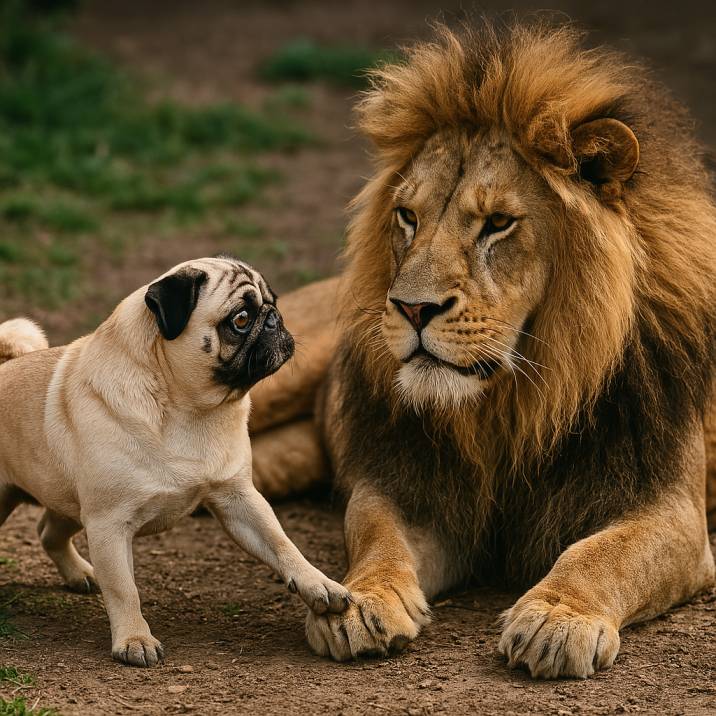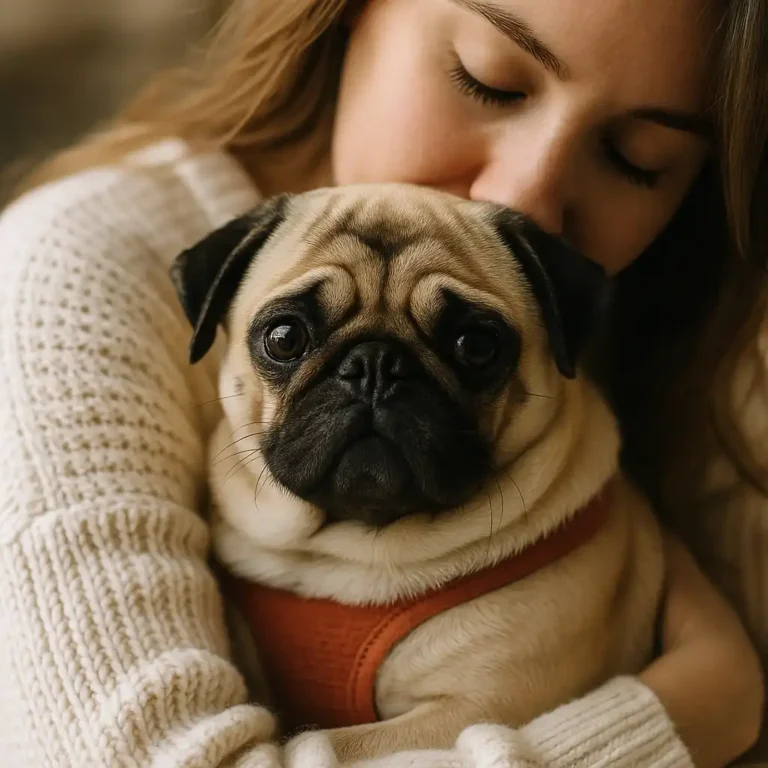Where Do Pugs Originate From? Tracing the Roots of This Charming Breed

Disclosure: This post contains affiliate links. As an Amazon Associate, I earn from qualifying purchases—at no extra cost to you.
Pugs are one of the most beloved dog breeds in the world, adored for their comical expressions, curled tails, and affectionate personalities. But behind their wrinkled charm lies a fascinating and ancient history that dates back thousands of years. Understanding where pugs come from adds depth to their appeal and showcases how their role as companions has remained unchanged through time.
Ancient Origins in China
The story of the pug begins in ancient China, where the breed was developed over 2,000 years ago. Chinese emperors favored flat-faced, compact dogs, and pugs were one of three flat-faced breeds that held royal status, alongside the Pekingese and the Shih Tzu. These dogs were pampered in the royal courts, often living in luxury with guards and servants dedicated to their care.
Pugs were bred to be companions rather than workers or hunters. Their friendly nature, small size, and calm demeanor made them ideal for palace life. The Chinese believed their wrinkles resembled good luck symbols in Chinese characters, especially the pattern on their foreheads, which was often shaped like the character for “prince.”
Arrival in Europe
Pugs made their way from China to Europe in the 16th century, thanks to Dutch traders from the Dutch East India Company. When they arrived in the Netherlands, the breed quickly became a favorite among European nobility. One famous early pug named Pompey is credited with saving the life of Prince William of Orange by alerting him to approaching assassins.
From there, pugs spread across the continent. They were loved in France by Marie Antoinette and in England by Queen Victoria, who had a strong affection for the breed and even helped refine their appearance through selective breeding. Their presence in royal courts solidified the pug’s reputation as a status symbol and beloved lapdog.
The Pug in Modern Times
Today, the pug is recognized worldwide, with fans from all walks of life. Despite being centuries removed from their origins, pugs have retained their key characteristics—loving, playful, loyal, and a little mischievous. Modern breeders aim to preserve these traits while maintaining the distinctive pug appearance: a short muzzle, a curled tail, and a compact, sturdy body.
Understanding the breed’s origin can deepen pug owners’ appreciation for their pets’ nature. These dogs were never meant to be hunters or guards. Instead, they were bred to sit beside emperors and queens, offering quiet companionship and loyal affection. Their long-standing role as companions explains why pugs form such close bonds with their families and why they’re happiest curled up on a couch or following you from room to room.
Conclusion
The pug’s journey from ancient Chinese palaces to modern homes is a testament to its enduring charm. Its origin story highlights its noble past and the qualities that have made it a beloved companion for millennia. While it has adapted to new times and places, its original purpose—bringing joy and companionship—remains unchanged.






